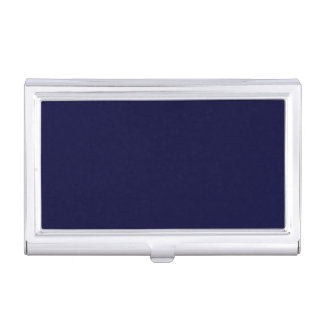In terms of the federal CAN-SPAM Act, standing is only provided to ISP and government plaintiffs. Fertile ground for litigation includes, without limitation, whether a plaintiff is a genuine ISP and whether there exists legitimate damages from receipt of the emails.
The vast majority of email marketing-related litigation exists under the California state law (Bus. & Prof. Code 17529.5) where plaintiffs’ attorneys often seek to aggregate claimants in an effort to amass enough emails for large, six figure settlement demands.
The California statute permits individuals to seek statutory damages of up to $1,000 per email. In short, there are three main categories of unlawful commercial email that could give rise to liability for both advertisers and senders.
The first is the use of a sending domain name without the permission of the owner of that domain name. The second is the use of false, forged or misrepresented header information, which includes the From email address, From name (Friendly From) and IP address of the sending mail server. The third is the use of a misleading subject line.
Although anti-spam attorneys continue to test the limits thereof, there have been a number of arguably pro-defendant developments in recent years. For example, in 2014 in the matter of Rosolowski v. Guthy-Renker, the court provided a common sense approach to analyzing whether commercial email violates the California statute. In Guthy, the subject emails had From lines that were not corporate names or registered fictitious company names, but, rather, contained the brand names of the marketed products (e.g., “Wen Hair Care”.
The plaintiff argued that the use of brand names in the From line was misleading because the identity of the sender could not be deduced from merely the brand. The plaintiff also alleged that the word “free” in the subject line was misleading because there were conditions for the free gift set forth in the email body.
The court held that because the identity of the sender was ascertainable in the body of the email, and because the body of the email clearly disclosed the contingencies required to obtain the “free” gift, there was no material misrepresentation and, therefore, no violation of the statute.
Subsequent unpublished decisions have followed this reasoning, to wit, that there is no violation for misrepresented header information if the body of an email provides the identity of the sender or is traceable using a public WHOIS database.
Other recent decisions have held that when the sending domain itself identifies the sender, there can be no such violation. Therefore, defendant marketers can now arms themselves the argument that even if the sender is not traceable using the WHOIS record, other information in the email may be used to identify the actual sender.
Importantly, plaintiffs’ anti-spam attorneys, however, take the position that Guthy is limited to its facts, that the “sender” has to be identified in the body and that From lines must at least include well-known brands.
Plaintiff’s anti-spam attorneys often seek increased damages during settlement negotiations – as compared to other types of violations of the California statute – for the use of a sending domain name without the permission of the owner. They also typically argue that using free email accounts to send email (e.g., Gmail or Yahoo) is a per se violation because the terms of service for these free email services prohibit the sending of bulk email.
Also worth noting is that in 2017, the District Court for the Northern District of California granted a defendant’s motion to dismiss plaintiffs’ amended complaint in which it was alleged that they collectively received almost 1,300 unlawful unsolicited commercial emails. In doing so, the court held that plaintiffs failed to allege that the defendant actually advertised in any of the challenged emails.
The ruling is an important one as it suggests that “senders” who are not also “advertisers” are not covered by the California statute. Early indications are the plaintiffs’ attorneys are not doing to be deterred by this ruling and will almost certainly leverage the threat of indemnification obligations to coerce email marketers to consider settlement.
Key Takeaway: Marketers should take proactive measures to reduce the risk of spam liability. Compliance programs designed to monitor email publishers should be implemented. Stick to use of well-known product brands being advertised as the Friendly From, or, even better, use a company name or easily traceable and properly registered fictitious business name. Plaintiffs; attorneys often take issue with the how and where fictitious business names are registered. Additionally, be certain to always list conditions, exclusions and limitations in the email body. Identify senders and advertisers in the body with a text format. Do not use privacy services to hide WHOIS domain ownership information. Stay on top of developing case law and changes to the tactics of anti-spam plaintiffs’ attorneys.
















No comments:
Post a Comment